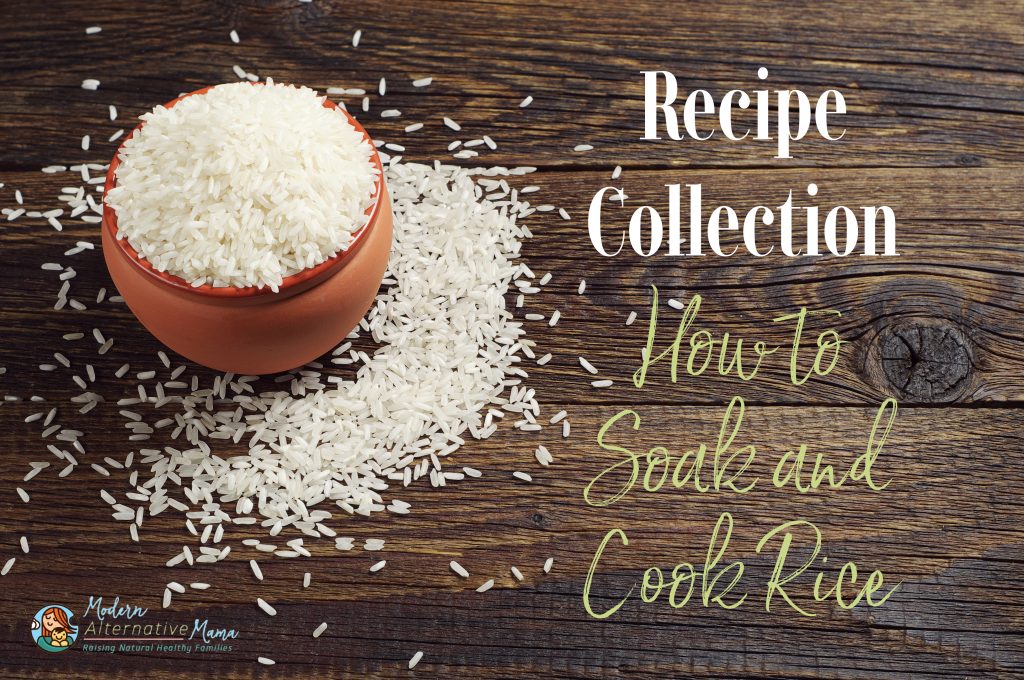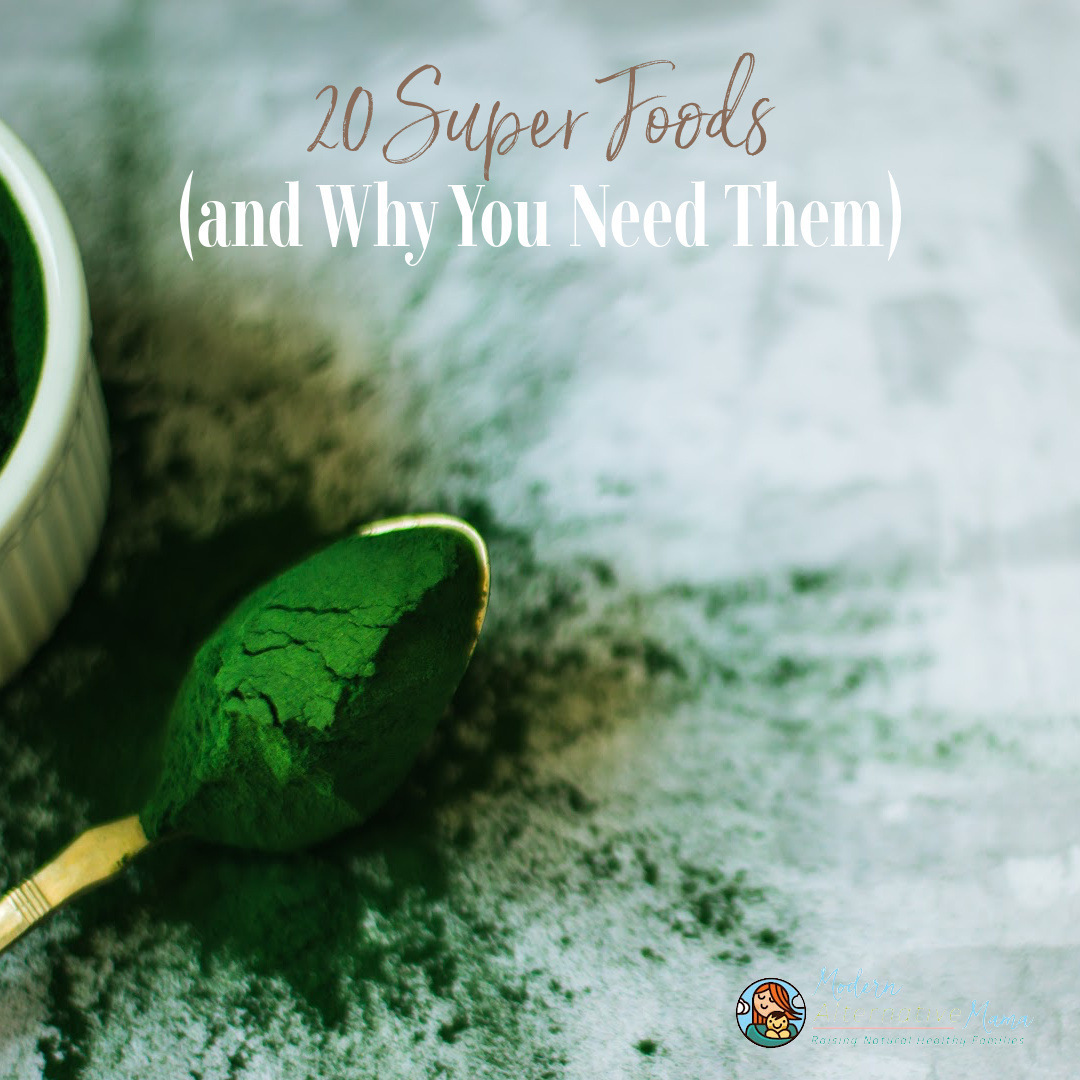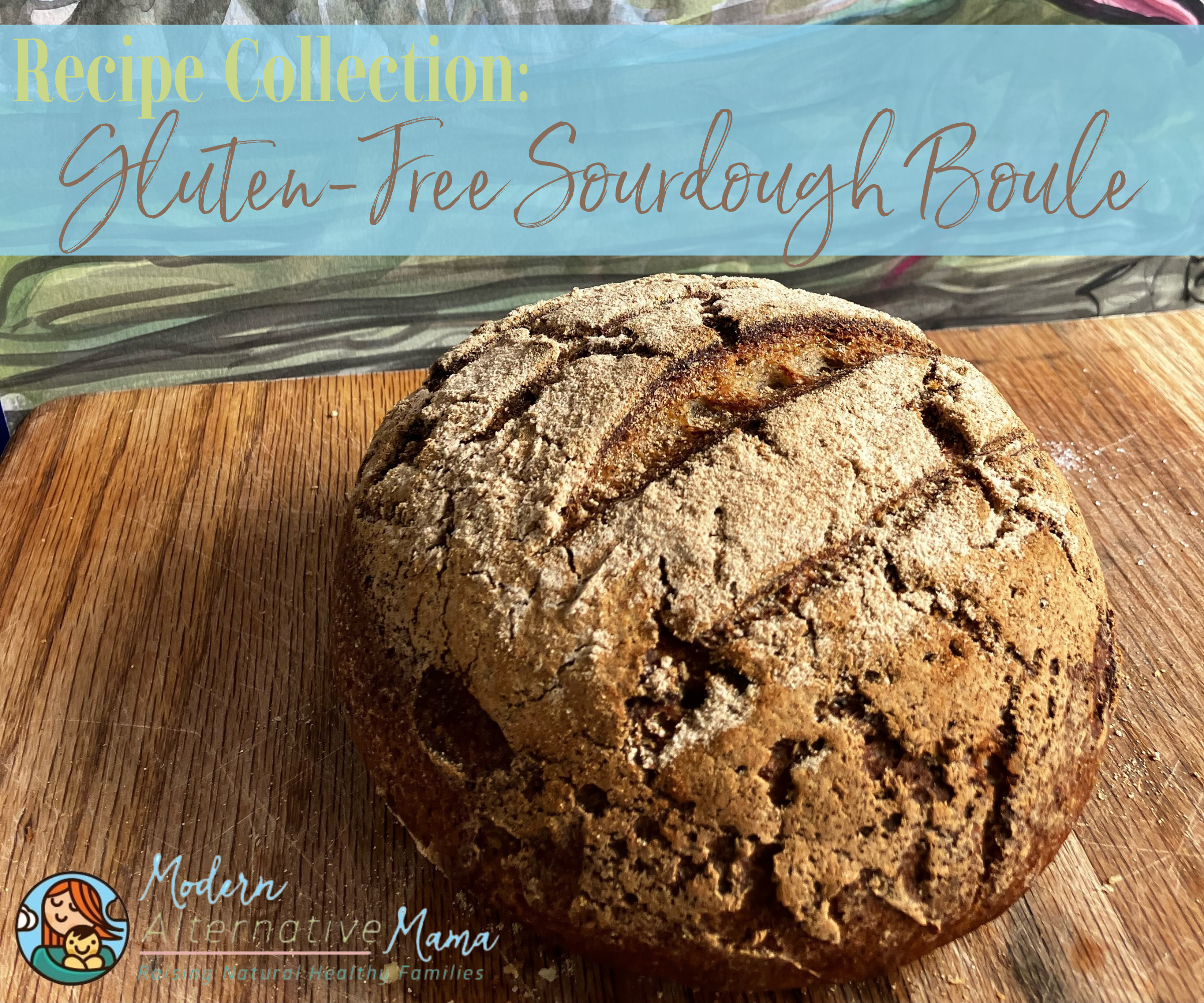Written by Kate TietjeIt’s both low in phytates and phytase (the enzyme that helps break down the phytates). That means rice doesn’t “have” to be soaked, which is why many people choose it when they need something fast. Just because rice doesn’t need to be soaked doesn’t mean you can’t.
Actually, it’s still better to soak it, but the real question is, for how long?
There’s so much research surrounding soaking rice, and every piece of scientific data says something different. When Kate originally researched this topic, an acidic soak was recommended, but science changed. Now, we know acidic soaks may not be the best option. One study shows that soaking rice in 113ºF (45ºC) acidic water for 48 hours removes 91% of phytic acid. Seems all good and dandy until you realize that this soaking process causes significant mineral and protein loss (1).
So, I kept researching and came across a 4-day soak at 68-77ºF. My first thought was if the 2-day soak created a loss of nutritional value, chances are twice the amount of soaking time would be even worse. But, I realized the temperature was 36-45ºF lower, so I read the study (just in case). The study revealed that 4-day soaked rice was easier to cook and gelatinize (2). Since the study didn’t mention phytic acid, I kept researching.
That’s when I read about 6-hour soaks at 149ºF. The study found that this soaking method resulted in better physicochemical response, improved nutritional values, and reduced hardness, cooking time, and moisture contents (3). This seems like the best method, but, of course, not everyone has six hours to wait for their rice to soak, so I have a second-best method.
This method only soaks for 30 to 60 minutes, yielding a softer and stickier texture the longer it soaks. Not only does it yield a better rice texture, but this method also preserves GABA formation and nutritional values. This study used a power-adjustable rice cooker to soak the rice at 140ºF, which obtained optimal textural, phytochemical, and antioxidant capacities (4). So, if you’re in a time crunch, soak your rice for 30 to 60 minutes at 140ºF.
If utilizing the 30 to 60-minute method, I’d recommend pouring boiling water over the rice and allowing it to soak for 30 to 60 minutes. Then just cook your rice as usual. Kate’s a fan of her rice cooker, but I like the stovetop method, using twice as much water or broth as rice (I also add some salt and oil or butter). Remember, soaked rice will be softer and cook faster, so watch your rice carefully.
Now, let’s discuss how to do the six-hour soak method without a power-adjustable rice cooker.
How to Soak Rice
Ingredients:
- 1 cup brown rice
- 3 cups of filtered water
Directions:
Step 1: Add your brown rice to a pot and fill it with filtered water.
Step 2: Turn the heat to a simmer and allow the water to reach 149ºF. If you don’t have a cooking thermometer, I reached the desired temperature on my electric stovetop with a 2.5 to 3 heat level.
Step 3: Soak the rice for six hours. No need to stir or cover the rice as it soaks.
Step 4: After soaking, rinse the rice until the water runs clear and cook as usual. Remember, soaked rice will be softer and cook faster, so watch your rice carefully.
How to Soak Rice
Ingredients
- 1 cup brown rice
- 3 cups of filtered water
Instructions
- Add your brown rice to a pot and fill it with filtered water.
- Turn the heat to a simmer and allow the water to reach 149ºF. If you don't have a cooking thermometer, I reached the desired temperature on my electric stovetop with a 2.5 to 3 heat level.
- Soak the rice for six hours. No need to stir or cover the rice as it soaks.
- After soaking, rinse the rice until the water runs clear and cook as usual. Remember, soaked rice will be softer and cook faster, so watch your rice carefully.







How long will the old rice water keep?
Thanks for sharing!
Hi Cynthia, I have kept it in my fridge for up to a month, I think, with no issues. Hopefully if you make rice more often than that it should be good indefinitely. 🙂
I learned all about soaking rice a few weeks ago (I’d never done it before then). I now have a little routine of soakng beans & soaking rice at bedtime the night before I want to use them. So easy!
Can you do this with any type of rice (jasmine, basmati, sticky)? And do you have to keep the the different rice waters separate from each other. Or could you use the rice water from the jasmine rice for a batch of brown rice? I hope that makes sense.
Hi Jennifer,
I was just wondering if you ever got a reply to your post? I’d like to know if the different soaked rice water(s) are interchangeable?
I am not sure if you can do that, honestly. I would hesitantly say no, unless they were really similar (short vs. long grain brown rice for example).
Could you post source of research, please, about the phytates being reduced after 4 batches? I want to know why water from the old rice is helpful and what it is that makes it more efficient after each batch at removing more phytates, vs just using a fresh batch of water each time. Is there no way to reduce almost all the phytates if you’re just using new water and 1tsp. of an acid each time?
Thanks!
i was wondering the same! would love to read about it
https://www.kitchenstewardship.com/phytic-acid-in-rice-reduced-96-with-accelerated-fermentation/
[…] How to Soak Rice […]
[…] grains. Why hadn’t I considered this? That night I soaked a bowl of rice over night, following Modern Alternative Mama’s method, and cooked it in homemade chicken broth like Sally Fallon recommends in Nourishing Traditions. […]